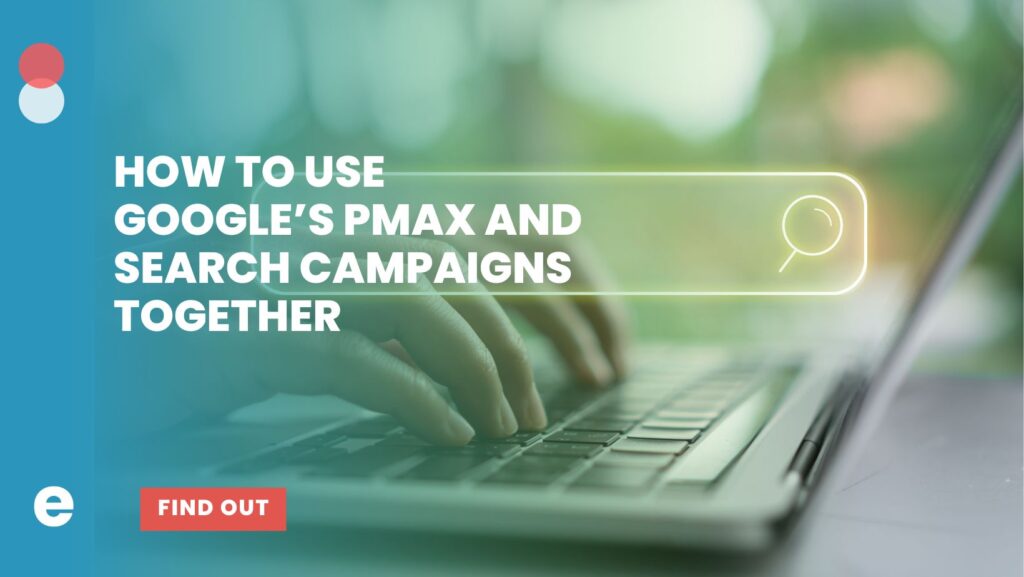Demographics have long been the firm foundation all of marketing is built upon. Identifying one’s target demographics is the first — and arguably the most critical — step to creating a successful ad campaign. This ideology remains consistent no matter the format. Whether it be print, television, paid social, or paid search, knowing your clients’ demographics is vital within an agency setting.
Demographic Targeting Overview
As a paid search specialist, I have first hand experience with the importance of demographics in search. Within Google AdWords, there are various targeting tools you can use to manage your account, and the demographic targeting tool can specifically help you reach a specific set of potential customers who are likely to be in your target market.
There are several demographic options included in AdWords, though not all of them are available on every Google network. For the sake of this blog, I will only include the demographics available for use on the GSN (Google Search Network). The options are as follows:
Gender:
- Male
- Female
- Unknown
Age:
- 18-24
- 25-34
- 35-44
- 45-54
- 55-64
- 65+
- Unknown
Household Income:
- Top 10%
- 11-20%
- 21-30%
- 31-40%
- 41-50%
- Lower 50%
- Unknown
Google is able to connect these demographics with online users by accessing their personal Google accounts, or any Google associated accounts — for example, YouTube. Once Google syncs a user’s demographics, it will place a unique user cookie on that person’s account so that any activity they do across various devices will be logged within their demographic audience. But not every online user has a Google account, and it is these users that fall into the unknown category, since Google has no irrefutable indication to their personal demographics.
Implementing Demographics In AdWords
There are two ways you can implement demographic targeting to a campaign in AdWords. The first is simply during the campaign’s creation. If you know a certain demographic you want to target from startup,you can designate these when you set up your campaign. However, this requires hefty demographic research prior to launch. I personally believe that if you opt to forego demographic targeting during setup and allow the account to build up a healthy quality score and gather data, any demographic bid modifiers you add later on will be much more effective. This additional data can offer statistical significance which will let the data guide us to see which works best.
After you have an established campaign with sufficient data to determine a target demographic, you can then analyze the data, and apply bid modifiers to those campaigns and ad groups that will garner you the best results based on your goals (driving traffic, leads, etc.).
By adjusting the bids for your demographics, you will also be able to streamline budgets. This allows you to reduce excess spend and focus instead on efficient spend areas.
Demographic Modifiers Recommendations
Demographic modifiers are a great tool to use in order to target an audience that your data shows has a higher likelihood to convert. I have a couple of recommendations I like to share with those new to demographic modifiers to ensure the best performance possible.
1) Take your time.
It can be hard to not want to make several changes all at once, but if you do this you can ultimately lose the true source of the change. In order to track which demographic is truly responding best to your ads you must make one individual change and allow for time to pass and data to accumulate for you to analyze. It may seem backwards, but over time you will see more efficient use of your budget and higher conversion rates if you slowly modify your account.
2) Don’t over-modify.
This rule is extremely important to keep in mind because there comes a point where you will cross the threshold from targeting key audiences to excluding potential audiences. Not every single online user has demographic data that Google can record. If you do not take this into account when determining demographic targeting you may potentially limit yourself to an audience that is too small. Or even worse, you could potentially exclude an entire audience that could convert simply because you didn’t know their demographics. If you are going to use demographic targeting bid modifiers you need to do so in moderation. It is always better to keep your audience too broad than too narrow.
If you’re looking for experts to help you effectively utilize demographic bid modifiers, while making your budgets more efficient, contact us!
Author: Kyla Roy, Senior PPC Specialist


